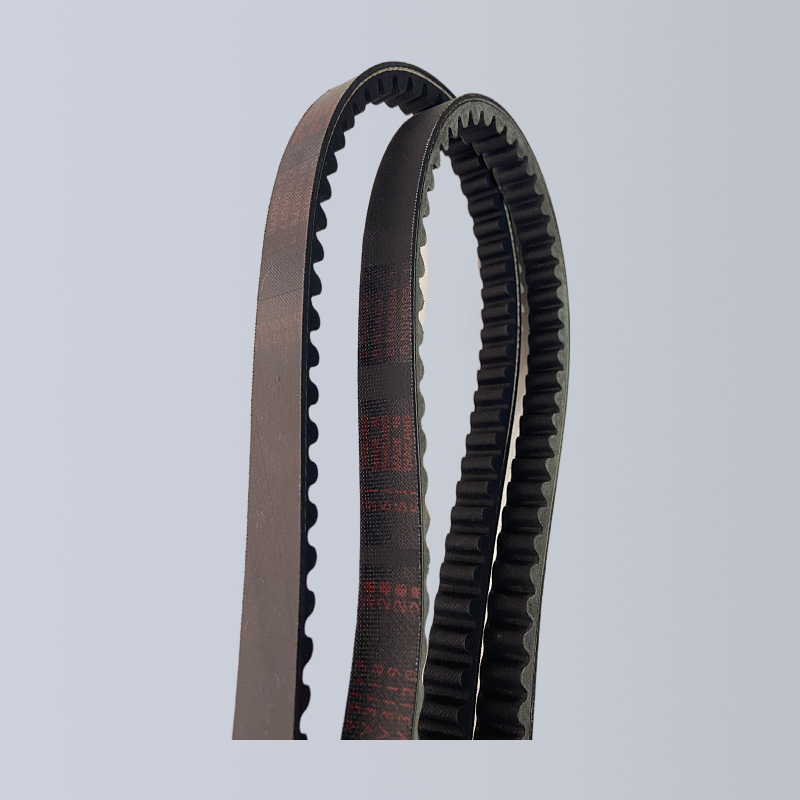- Arabic
- French
- Russian
- Spanish
- Portuguese
- Turkish
- Armenian
- English
- Albanian
- Amharic
- Azerbaijani
- Basque
- Belarusian
- Bengali
- Bosnian
- Bulgarian
- Catalan
- Cebuano
- Corsican
- Croatian
- Czech
- Danish
- Dutch
- Afrikaans
- Esperanto
- Estonian
- Finnish
- Frisian
- Galician
- Georgian
- German
- Greek
- Gujarati
- Haitian Creole
- hausa
- hawaiian
- Hebrew
- Hindi
- Miao
- Hungarian
- Icelandic
- igbo
- Indonesian
- irish
- Italian
- Japanese
- Javanese
- Kannada
- kazakh
- Khmer
- Rwandese
- Korean
- Kurdish
- Kyrgyz
- Lao
- Latin
- Latvian
- Lithuanian
- Luxembourgish
- Macedonian
- Malgashi
- Malay
- Malayalam
- Maltese
- Maori
- Marathi
- Mongolian
- Myanmar
- Nepali
- Norwegian
- Norwegian
- Occitan
- Pashto
- Persian
- Polish
- Punjabi
- Romanian
- Samoan
- Scottish Gaelic
- Serbian
- Sesotho
- Shona
- Sindhi
- Sinhala
- Slovak
- Slovenian
- Somali
- Sundanese
- Swahili
- Swedish
- Tagalog
- Tajik
- Tamil
- Tatar
- Telugu
- Thai
- Turkmen
- Ukrainian
- Urdu
- Uighur
- Uzbek
- Vietnamese
- Welsh
- Bantu
- Yiddish
- Yoruba
- Zulu
Nov . 20, 2024 16:23 Back to list
automotive belts
The Evolution and Importance of Automotive Belts
Automotive belts play a crucial role in the functioning of vehicles, ensuring that various systems work in harmony. From the humble origins of the first automobiles to today's highly sophisticated machines, belts have evolved significantly, improving efficiency, performance, and longevity. This article explores the different types of automotive belts, their functions, their evolution, and their importance in modern vehicles.
Types of Automotive Belts
Automotive belts can be broadly classified into several categories, each serving a specific purpose. The most common types include
1. Timing Belts These belts control the timing of the engine's valves, ensuring that they open and close at the precise moment in relation to the movement of the pistons. A properly functioning timing belt is essential for engine performance, and any failure can result in severe engine damage.
2. Serpentine Belts These belts are single, continuous belts that drive multiple accessories in the engine, including the alternator, power steering pump, water pump, and air conditioning compressor. Their design allows for more efficient power transfer and reduces the space occupied by multiple belts.
3. V-Belts Though somewhat outdated in modern vehicles, V-belts are still used in some applications. They are typically used for driving specific components and have a V-shaped cross-section, which allows for better grip on the pulleys.
4. Accessory Belts In addition to serpentine and V-belts, accessories such as the belt for the air conditioning compressor and alternator may be employed to ensure these critical systems receive sufficient power from the engine.
The Function of Automotive Belts
The primary function of automotive belts is to transfer power from the engine to various components, enabling them to function effectively
. A well-maintained belt system ensures that the engine runs smoothly, contributes to fuel efficiency, and prolongs the life of the vehicle.automotive belts

Timing belts, for instance, play a pivotal role in the synchronization of engine components. If a timing belt fails, it can cause catastrophic engine failure, highlighting the importance of regular inspections and timely replacements.
Serpentine belts help in maintaining the power flow to multiple components, making them more efficient than traditional systems with several individual belts. This efficiency translates to reduced energy loss and improved fuel economy, which is particularly critical in today's eco-conscious automotive market.
The Evolution of Automotive Belts
The evolution of automotive belts mirrors advancements in automotive technology and engineering. In the early days of the automobile, belts were made from leather or fabric and lacked the durability required for modern vehicles. As technology progressed, manufacturers began using rubber and synthetic materials that offered increased strength, flexibility, and resistance to wear and tear.
The introduction of the serpentine belt in the late 20th century marked a significant leap forward. This design streamlined several functions into a single belt, reducing the complexity of the belt system and enhancing reliability. With the ongoing development of materials and manufacturing techniques, modern belts offer longer service life and improved performance.
Importance in Modern Vehicles
The importance of automotive belts in modern vehicles cannot be overstated. As engines become more sophisticated, with complex systems designed for performance and efficiency, the role of belts has only grown more critical. The failure of a single belt can lead to breakdowns, costly repairs, and safety issues on the road.
Moreover, the push for fuel efficiency and lower emissions has emphasized the need for high-quality, durable belts that can withstand the demands of modern engines. As electric and hybrid vehicles become more prevalent, the role of belts is evolving yet again, adapting to new challenges and requirements in the automotive landscape.
Conclusion
In conclusion, automotive belts are indispensable components of vehicles, ensuring that various systems work effectively and reliably. Their evolution over the years has seen significant advancements in design, material, and function, reflecting broader trends in automotive technology. As vehicles continue to advance, the importance of high-quality belts will remain a crucial factor in maintaining performance, efficiency, and safety on the roads. Regular maintenance and timely replacements are essential for keeping these vital components in top condition, safeguarding the vehicle and its occupants.
-
Buy Serpentine Belt Online – Affordable Prices & Durable Quality
NewsJul.26,2025
-
High-Performance Metric Variable Speed Belts for Industrial Use
NewsJul.25,2025
-
High-Quality Endless Flat Drive Belt for Precision Power Transmission
NewsJul.24,2025
-
High-Performance Serpentine Belt for Car Engines – Durable & Reliable
NewsJul.23,2025
-
High Efficiency V Belt Drive with Double & Toothed Options for Industry
NewsJul.22,2025
-
Affordable Fan Belt Cost - Compare Prices & Save | Auto Parts Deals
NewsJul.22,2025

